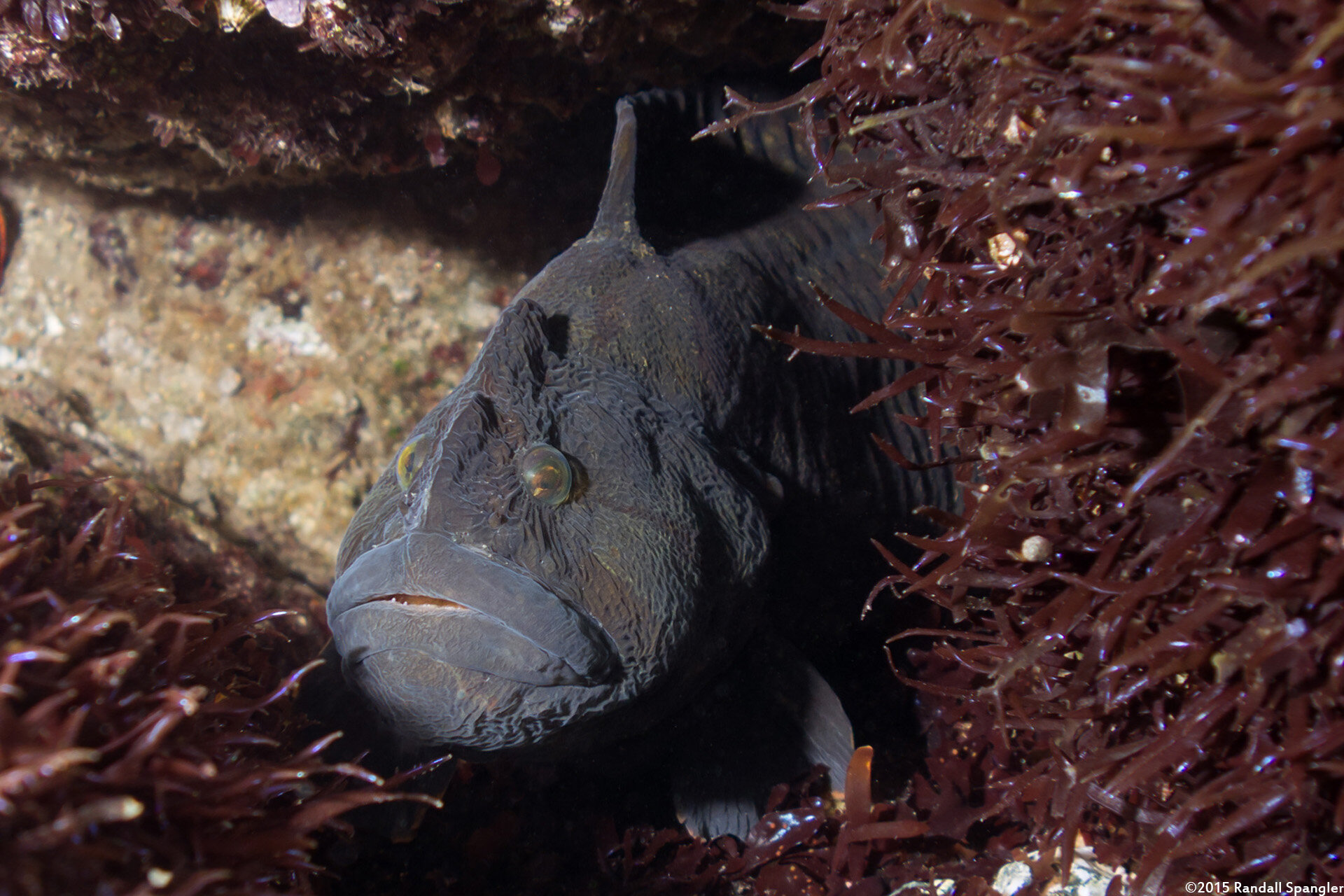Monkeyface Prickleback Eel
Cebidtichthys Violaceus
Written by Fin + Forage’s Environmental Scientist, Ariella Simke
Photos by Randall Spangler
The adorably goofy-looking monkeyface eel (or monkeyface prickleback- it is not actually an eel) resides in the rocky reefs of California, but it can be found as far north as Oregon and as far south as Baja. Painfully shy, these fish find a suitable hole, and never venture more than a dozen feet from it in their entire lives. Adapted breathing organs allow this creature to stay in one place and breathe air when the tide recedes, for up to 35 hours!
Pricklebacks can live to be 18 years old, generally growing up to 30 inches and weighing up to six pounds! They exist on a mostly-herbivorous diet (except as juveniles, when they eat crustaceans). They are masters of camouflage - if you are lucky to see one diving, you may catch only the glimpse of a mottled grey face as it scoots back into its crevice. Monkeyface eels can be found between the low and high tide lines. They are hunted from tidepools using a poke pole- a bamboo pole with a baited hook on the end, or underwater by spearfishing.
The monkeyface prickleback looks like an eel- it is long, slender, eel-like and leg-less, but it is not a true eel. In fact, it is a bony fish and has a large pectoral fin on either side of its body. Complete with thick lips, forward-facing eyes, and a large fleshy lump on its head, the monkeyface prickleback may not win any beauty contests, but it sure is delicious. The meat is firm, but juicy and are gloriously used in meals like chowder (check out this recipe). Still, many fishermen choose not to kill them because their gentle nature and homebody status evoke sympathy not extended to many other species.
Monkeyface pricklebacks like to live close to shore and spawn from early January to early May. They deposit their eggs by the thousands in a ball on the rocks, where a parent guards them. Cabezon, rockfish and birds are their most common predators.

